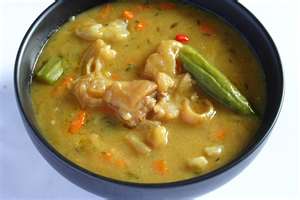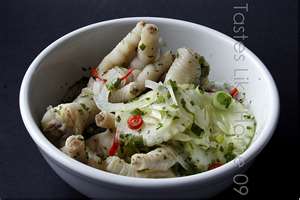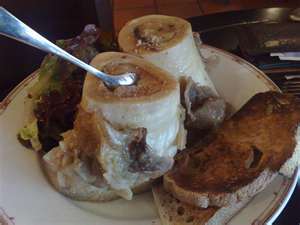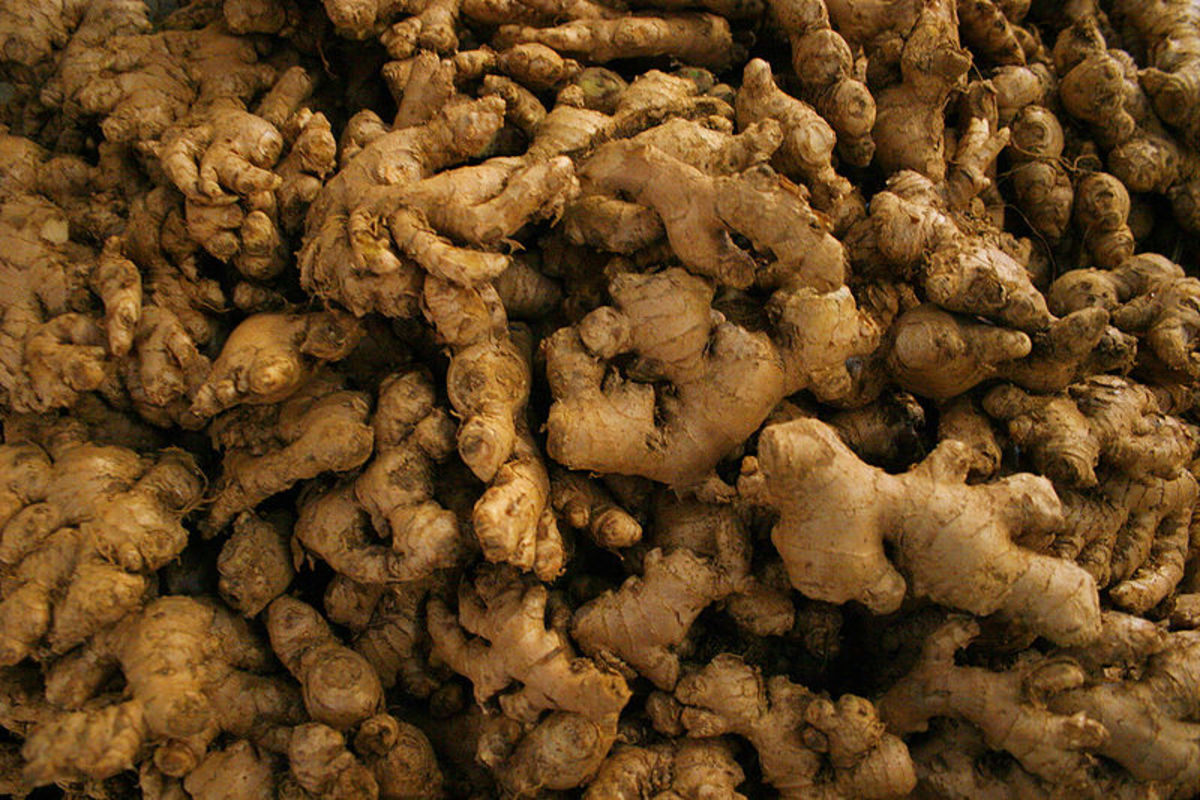Foods that contain glucosamine

Glucosamine is the difference between healthy, supple joints and “old bones” syndrome.
This substance is an amino sugar and a type of monosaccharide. It is produced naturally in our bodies and is an amalgam of two substances – glucose and glutamine.
While our bodies manufacture this monosaccharide, the problem is that that production levels decrease as we age. Glucosamine is essential for repairing tissues and cartilage.
It is even thought to ameliorate the effect of joint conditions such as arthritis. Therefore, keeping adequate quantities of glucosamine is important to joint health and care.
The primary source of glucosamine is joint supplements. This is because there are not many foods that contain it. However, for those who are more adventurous with their nutrition, there are a few options available.
Unfortunately, for many who are unaccustomed to some cartilage-rich foods, it may seem like an acquired taste that they are not exactly inclined to acquire anytime soon.



Cartilage-rich foods
The rule-of-thumb is that any food with the cartilage or bones of animals has significant levels of glucosamine. Are these foods common to those in North America and Europe though? Not at all.
However, typical Caribbean and Latin American fare qualifies. This includes dishes like cow heel soup and souse made with animal feet (pig or chicken). To make these more palatable, one need only imagine oneself in the tropics.
As with cartilage, glucosamine is also found in the bone marrow of animals. The main difficulty with this is that not many persons would enjoy chewing bones even. Bone marrow is nutrient-rich as well, so it may be worth a try. Bone marrow sources include the necks of poultry.
Sports drinks may contain traces of glucosamine, but the quantities are so small that it may not be enough to compensate for low productive levels. That’s probably because those drinks are designed to boost healthy levels.
Glucosamine produced in sports drinks is likely the man-made form anyway – the ones that are produced from chitin. Since persons do not normally consume seas creatures’ exoskeletons, the sources of chitin are not a real option for your diet.
If looking for natural, glucosamine-rich foods, animal sources are the easiest – particularly cartilage-rich foods and those with ample bone marrow. Many persons may balk at the idea of eating some of those animal parts, but if you are really in need of glucosamine it’s worth it. For others, supplements would be the way to go.








